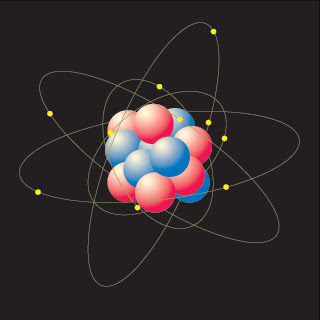
The Electron, one of the most fundamental particles in nature has discovered in 1897, by J.J. Thomson. Up to now for more than a century since then, the electron has played a key role in physics as well as science and technology. What is the electron?
From the remarkable progress in experimental and theoretical physics in the twentieth century, it has become well known that matter consists of atoms, an atom consists of a nucleus and electrons, a nucleus consists of nucleons (protons or neutrons) and a nucleon consists of quarks. There exist at least twenty four fundamental fermions, the six flavours of leptons including the electron and the eighteen (six flavours and three colors) of quarks. In addition, there exist at least twelve gauge bosons including the photon, the three weak bosons, and the color-octet of gluons. The quarks have the strong interaction with the gluons while both the quarks and leptons have the electroweak interactions with the photon or the weak bosons. In addition, all these fundamental particles have the gravitational interaction with themselves.
In the modeling of electron, the charge of the electron is concentrated at a single point but is never at rest. The charge moves in circles at the speed of light around the centre of mass. The centre of mass does not coincide with the position of the charge for any classical elementary spinning particle. It is this separation and the motion of the charge that gives rise to the dipole structure of the electron.
The spin of the electron contains two contributions. One comes from the motion of the charge, which produces a magnetic moment. It is quantized with integer values. The other is related to the angular velocity and is quantized with half integer values. It is exactly half the first one and points in the opposite direction.
The electron interacts with other particles through its electric charge. The charge itself appears to be point-like, but the spin and magnetic moment of the electron suggest a much larger size.



No comments:
Post a Comment